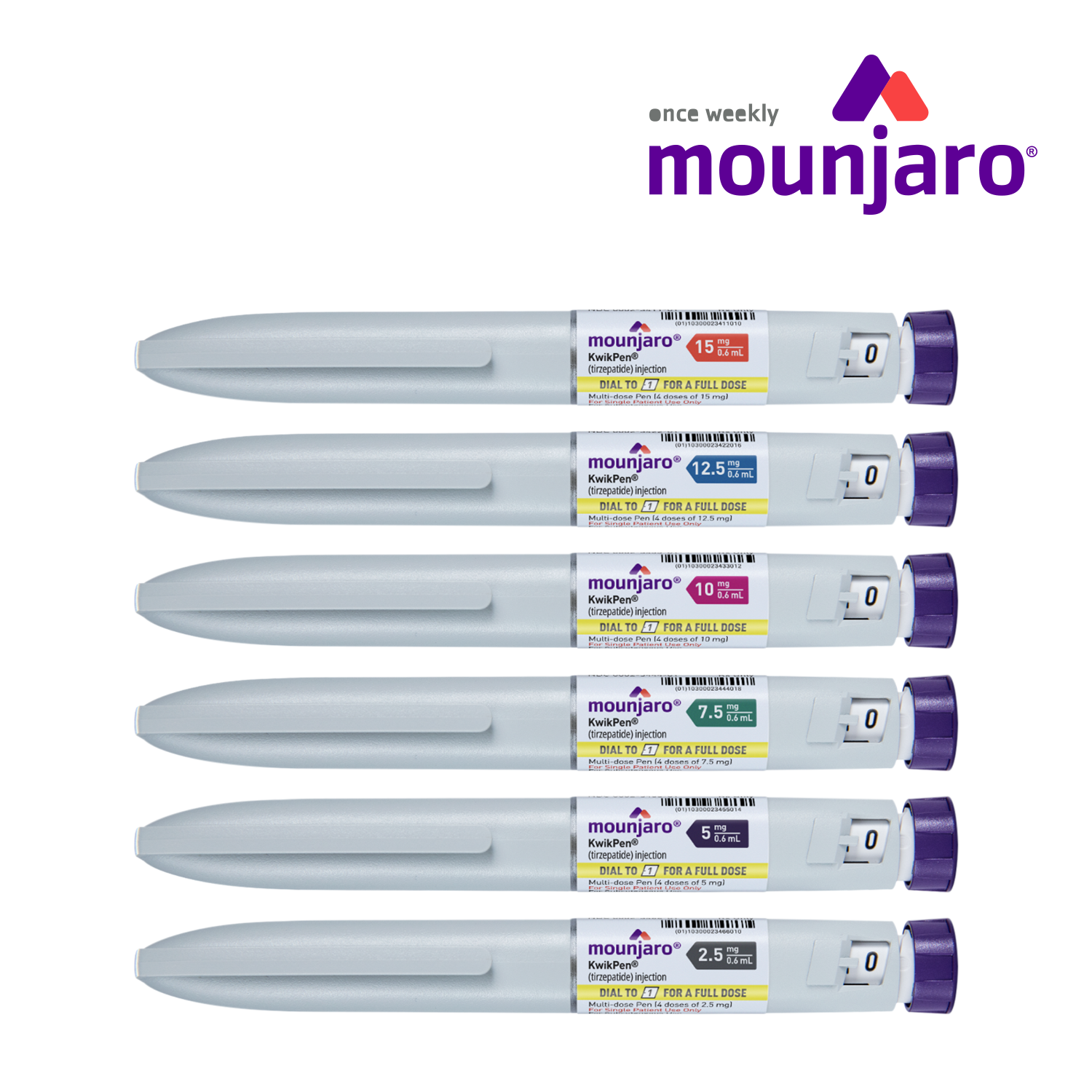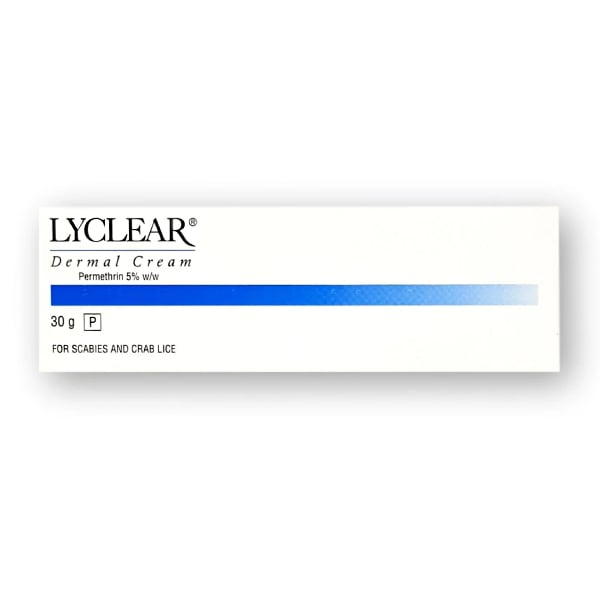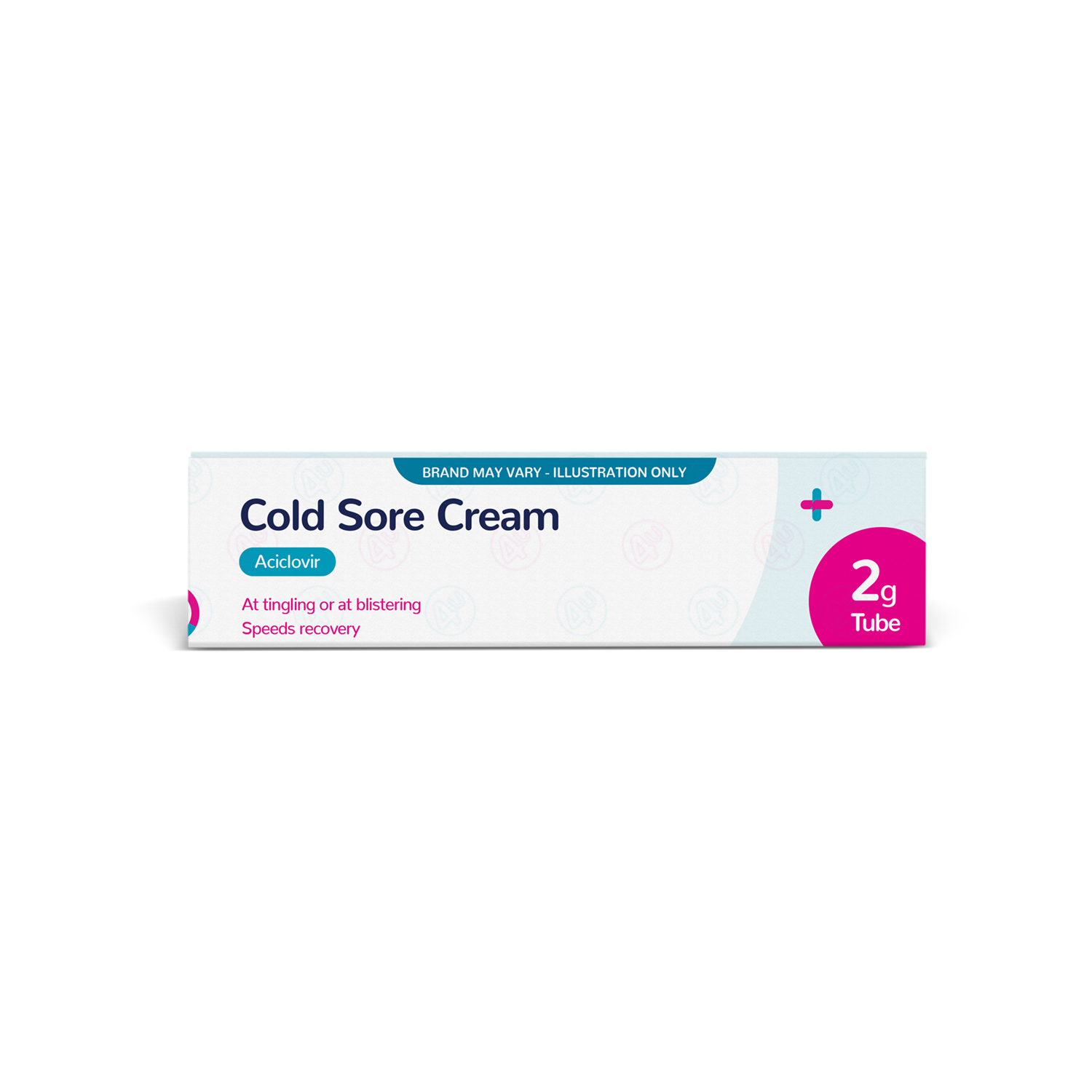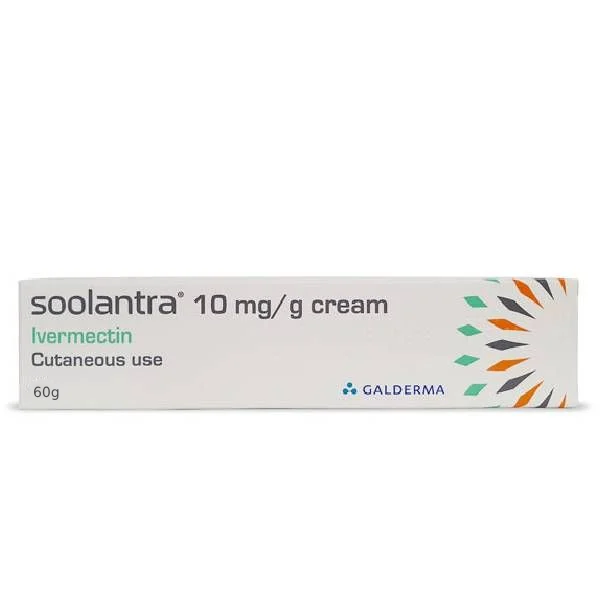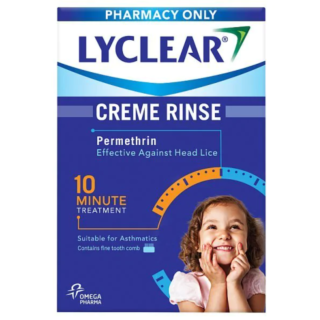Scabies Treatment
Just the word “scabies” is enough to make anyone feel itchy. Scabies is an extremely common dermatological condition which affects more than 200 million people at any one time and more than 400 million people every year[1]. … Read More See less
While scabies occurs in every country, they are found most frequently in low-income, tropical settings[2]. People who work closely together in confined environments—such as schools, nurseries and nursing homes—are also more at risk[3].
Scabies is most prevalent in children and older people. However, the condition can affect people of all ages, races and economic status and getting scabies has nothing to do with how clean or hygienic you are.
Keep reading to find out more about what scabies is, how to identify scabies and how it can be effectively treated.
Related Guides
What is scabies?
Scabies is an intensely itchy rash caused by the Sarcoptes scabiei mite. This little bug burrows under your skin to live, feed and lay eggs.
Sarcoptes scabiei live in the folds and cracks of your skin, around your:
- Fingers and toes
- Genitals
- Bottom
- Wrists and knees
- Waist
- Fingernails
- Nipples
However, scabies usually affects your whole body, except for your head.
Your skin reacts to an invasion by this mite by developing the characteristic scabies rash. This can appear either red, brown or grey, depending on the colour of your skin. To find out what scabies looks like, you can find a picture of scabies on different skin types on the NHS website.
Scabies is extremely contagious and spreads quickly from person to person, especially among people who live together[4]. This means, if one member of a household is being treated for scabies, other members of the same household should be checked for the condition and treated at the same time if necessary.
Scabies symptoms
If you’ve never had scabies before, the symptoms can take up to six weeks to develop. If you have had scabies before, symptoms will usually develop within a few days.
Scabies symptoms include:
- A rash which spreads slowly over weeks or months
- A severe itch, which is often worse at night and makes it hard to sleep
- Itchy, raised tracks, lines or bumps that show where the mite has burrowed under your skin
Normally, someone who has scabies has around 10–15 mites. However, a rare form of scabies can develop where someone has millions of mites. This is called crusted scabies.
Unlike normal scabies, a crusted scabies rash doesn’t usually itch. However, the huge number of mites causes thick, scaly crusts to develop on the skin.
Can scabies cause complications?
Scratching too much can cause a secondary skin infection when your skin becomes irritated and inflamed. This can also lead to painful skin sores.
How do you get scabies?
Scabies is passed on through prolonged skin-to-skin contact[5]. For example, if you share a bed or have sexual contact with someone with the condition. Because Sarcoptes scabiei can survive outside the human body for 24–36 hours, it is possible to be infected by sharing bedding, clothes or towels. But this is a very rare form of contamination.
Commonly, the hand is the first site to become affected. Although it is unlikely that scabies will be passed on through brief physical contact, such as shaking hands or hugging.
How is scabies diagnosed?
A GP should be able to diagnose scabies just by looking at your skin. They may also take a small sample of your skin to be examined under a microscope for mites and mite eggs.
Make sure you see a doctor if[6]:
- Your child is under two years old and has symptoms of scabies
- Someone else in your household has scabies and you have a child under two years old
- You think your skin may be infected. Signs of an infection include a high temperature and red, warm and swollen skin
- You have a crusted, flaky rash on your elbows, knees, hands or feet
- You’ve used scabies cream or lotion twice and new mite tunnels are continuing to appear in your skin or you are still itching 2 to 3 weeks after treatment
How can scabies be treated?
Scabies creams and lotions
Scabies is usually treated using creams and lotions that you apply to your whole body, including your scalp and face (except for the area around your eyes)[7]. These include[8]:
- Permethrin 5% cream – usually the first treatment recommended for scabies. Permethrin is suitable for use in people who are pregnant or breastfeeding, and children over 2 months old. The cream should be applied and left on for eight to 12 hours, then washed off
- Malathion lotion – often recommended if permethrin isn’t effective. Malathion lotion should be applied and left on for 24 hours, then washed off
If some of the scabies treatment cream or lotion is washed off in the time it’s been left on for, for example, if you wash your hands, you should apply more cream or lotion. You will need to reapply the treatment after seven days to kill any mites or mite eggs that were missed during the first treatment.
Scabies tablets or Oral medication
You may be prescribed an oral tablet called ivermectin if[9]:
- The above topical treatments don’t work
- You have crusted scabies
- You have a lowered immune system
This medication isn't recommended for people who are pregnant or breastfeeding, or for children who weigh less than 15 kilograms.
How quickly does scabies treatment work?
You may want to get rid of scabies in 24 hours, but once you have finished your course of treatment you might still experience itchiness for a few more weeks. This is because your immune system is still reacting to dead mites and their droppings. Generally, it does not mean the treatment hasn’t worked.
How to avoid getting scabies
There is no vaccine to prevent scabies; the only way to prevent an infection is to avoid people or places with a known scabies outbreak in the UK.2 However, if you do know someone who has scabies, or you have scabies yourself, to stop the condition from spreading you should:
- Not have sex or close physical contact with anyone until you have completed the full course of treatment
- Not pass bedding, clothing or towels between people with and without scabies
- Wash all your bedding and clothing at 60°C or higher, and dry them in a hot dryer, if possible, on the day you start treatment
- Put any items that cannot be washed in a sealed bag for at least 3 days until the mites die
Sources
- https://www.who.int/news-room/fact-sheets/detail/scabies#:~:text=Scabies%20is%20a%20parasitic%20infestation%20caused%20by%20tiny%20mites%20that,heart%20disease%20and%20kidney%20problems.
- https://my.clevelandclinic.org/health/diseases/4567-scabies
- https://www.nhsinform.scot/illnesses-and-conditions/skin-hair-and-nails/scabies/
- https://www.mayoclinic.org/diseases-conditions/scabies/symptoms-causes/syc-20377378
- https://www.nhsborders.scot.nhs.uk/media/197859/scabies-June-2014.pdf
- https://awttc.nhs.wales/files/guidelines-and-pils/cas-pil-scabies-pdf/
- https://www.nhs.uk/conditions/scabies/
- https://www.mayoclinic.org/diseases-conditions/scabies/diagnosis-treatment/drc-20377383
- https://www.whittington.nhs.uk/document.ashx?id=5755

Free delivery when you spend over £30

100% discreet delivery for every item ordered
Fully regulated UK pharmacy
Can lice shampoo be used to treat scabies?
Shampoos aren’t a suitable treatment for scabies, as they affect your skin, rather than your hair.
The best way to treat scabies is to use a lotion or a cream that will help to get rid of the mites that cause scabies, clearing the infestation from your whole body.
If you think you may have scabies and are unsure how to treat them, we recommend asking your doctor or pharmacist for advice.
How does permethrin work to treat scabies and crab lice?
Permethrin is a type of insecticide known as a pyrethroid. It works by affecting the nervous system of any insects that come into contact with it, and is especially effective against biting insects.
It can give insects muscle spasms and paralysis and will eventually kill them, treating the infestation of scabies, crab lice, or head lice directly.
What is scabies?
Scabies is a common condition which happens when scabies mites start to infest your skin.
When you have scabies, you’ll notice the symptoms showing up all over your body, except your head, although elderly people and children may see symptoms on their head too.
And yes, when we say everywhere, we MEAN everywhere (hey, nobody said this was pleasant).
When the scabies mites get onto your skin, they’ll start to burrow, laying their eggs in the tracks they leave behind.
If scabies isn’t treated, these eggs can hatch and the cycle will begin all over again – and if that won’t convince you to get treatment, nothing will!

